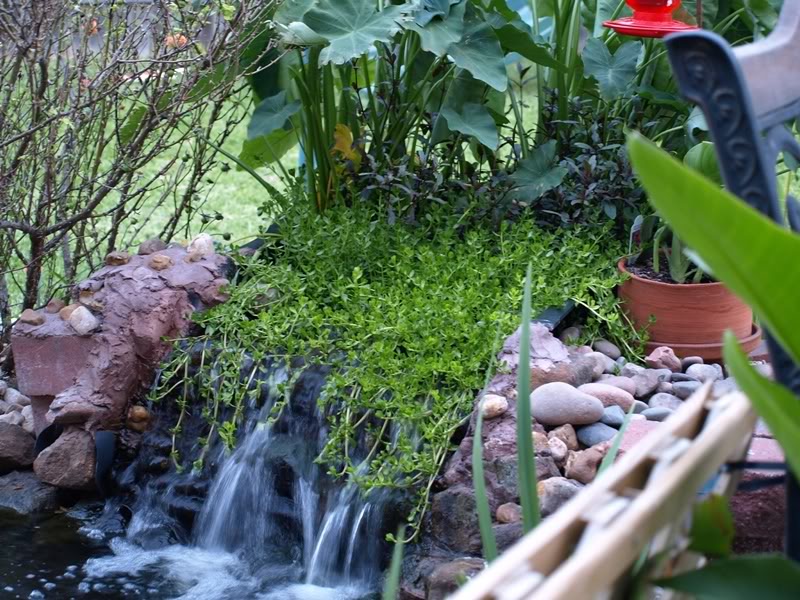
The Ultimate Guide to Choosing and Installing a Water Filter for Your Koi Pond
Introduction
Koi ponds are a beautiful addition to any garden or outdoor space. However, keeping these fish healthy requires diligent maintenance, and one of the most important aspects of maintaining a healthy koi pond is ensuring the water quality is optimal. This is where a water filter for koi pond comes in.

Why a Water Filter for Koi Pond is Important?
There are many reasons why a water filter is important for your koi pond. Firstly, a filter helps to remove debris such as leaves, twigs, and other organic matter that can accumulate in the water. This not only helps to keep the water clear and aesthetically pleasing, but it also ensures the water quality is maintained.
Secondly, a water filter helps to remove harmful substances such as ammonia, nitrate, and nitrite from the water. These substances are produced as a result of fish waste, uneaten food, and other organic matter that accumulates in the pond. If left unchecked, these can build up to toxic levels and pose a serious threat to your koi’s health.
Thirdly, a water filter helps to maintain the pH level of the water. Koi fish prefer a pH level that is slightly alkaline, and a filter can help to keep this level within optimal range.

Types of Water Filters for Koi Pond
There are several types of water filters that you can use for your koi pond. The most common types include mechanical filters, biological filters, and UV sterilizers. Here is a brief overview of each type:
Mechanical Filters
Mechanical filters work by physically trapping debris as it passes through the filter media. They are typically the first line of defense in a filtration system and are often used in conjunction with other types of filters.

Biological Filters
Biological filters work by using beneficial bacteria to break down harmful substances in the water. These filters allow the bacteria to colonize on a filter media, turning ammonia into nitrite and then nitrate, which is less harmful to your koi fish.

UV Sterilizers
UV sterilizers use ultraviolet light to kill harmful bacteria and other microorganisms that may be present in the water. They are effective at preventing the growth of algae, and can also help to reduce the risk of disease in your koi.

What to Consider When Choosing a Water Filter for Koi Pond?
When choosing a water filter for your koi pond, there are several factors that you should consider. Here are some of the most important ones:
Capacity
The capacity of the filter is important, especially if you have a large koi pond. You need a filter that is capable of handling the volume of water in your pond, and that can keep up with the waste produced by your koi fish.
Type of Filter
As discussed earlier, there are several types of filters available. You need to choose a filter that is appropriate for the needs of your pond. If you have a large pond, you may need multiple filters working together to maintain optimal water quality.
Maintenance
All filters require some degree of maintenance. Make sure you choose a filter that is easy to clean and maintain, especially if you don’t have a lot of experience with pond maintenance.
Cost
The cost of a water filter can vary widely depending on the type of filter and the capacity. Make sure you choose a filter that is within your budget, but also meets the needs of your koi pond.

How to Install a Water Filter for Koi Pond?
Installing a water filter for your koi pond is a relatively simple process. Here are the basic steps you need to follow:
Step 1: Choose the Filter Location
Choose the location where you want to install the filter. This should be close to the pond, but not in an area that can flood easily. Make sure there is enough space for the filter, the pump, and the tubing that will connect them.
Step 2: Install the Pump
Install the pump near the pond, preferably submerged in the water. This will help to ensure a good flow of water to the filter.
Step 3: Connect the Tubing
Connect the tubing from the pump to the filter. Make sure you use the appropriate size of tubing for your filter.
Step 4: Install the Filter
Install the filter media according to the manufacturer’s instructions. Connect the tubing from the pump to the filter inlet, and the tubing from the filter outlet back to the pond.
Step 5: Turn on the System
Turn on the pump and check for leaks. Adjust the flow rate to ensure optimal filtration.
Conclusion
A water filter is an essential component of any koi pond. It helps to maintain the water quality, remove debris, and ensure the health of your koi fish. When choosing a water filter, consider the needs of your pond, the type of filter, and the cost. Installation is relatively simple, but if you are unsure, seek the help of a professional. Maintaining your water filter and performing regular pond maintenance will help ensure a healthy and beautiful koi pond for years to come.